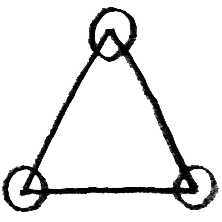About AWOMB
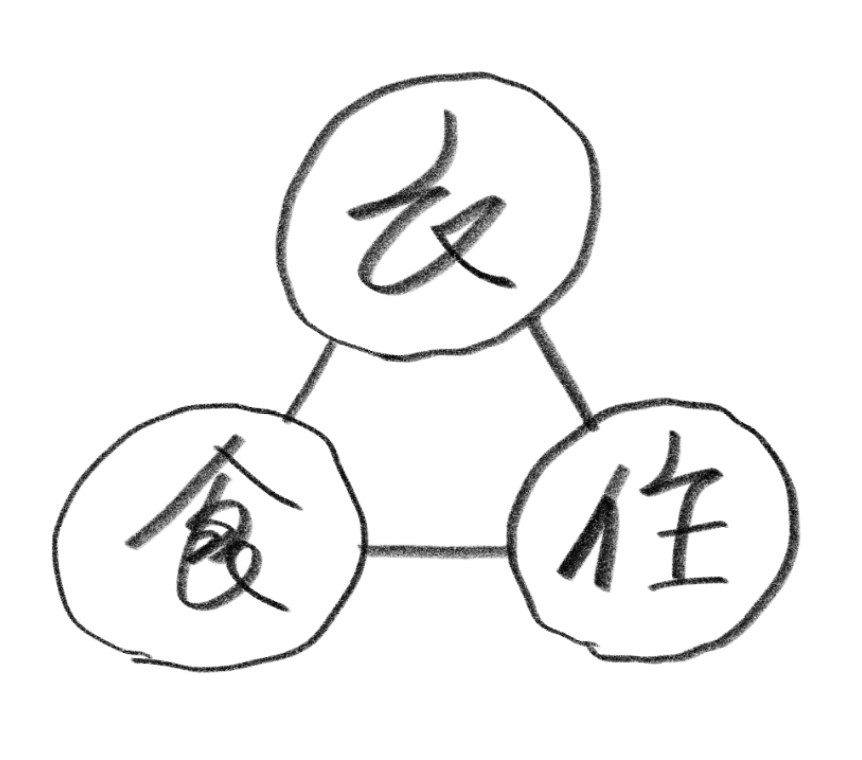
Just as the WOMB protects us, AWOMB interprets the three essential elements of life, clothing, food, and housing, from a new perspective, gently enveloping the times. increase.
The logo mark, which consists of three circles and a triangle, expresses the connection of food, clothing and shelter (basicnecessities of life).
AWOMB’s “Food”
We design food based on Japanese traditional food culture and intangible cultural heritage, and the culture rooted in Kyoto. We aim to create a safe and enjoyable Japanese food culture using natural ingredients.
In addition, we are actively facing the environment surrounding "food", which is now a global problem. We are working to create a dining table of the future so that everyone can enjoy nutritious meals with peace of mind.
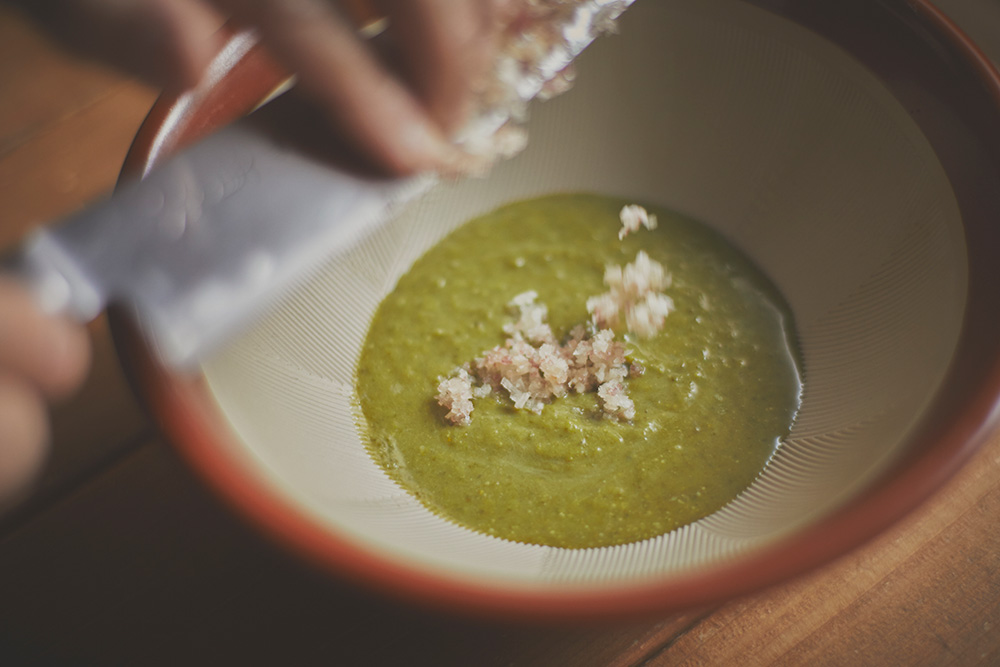
AWOMB’s “clothing”
Based on traditional Japanese clothing patterns, we make clothes that are suitable for modern life. In order to have an attachment to things that are used every day, we are sending out manufacturing from Kyoto that will give you an opportunity to rediscover the goodness of homegrown technology and domestic materials. Under the brand name "KIRUMONO", we use it not only for wholesale but also for our staff uniforms.
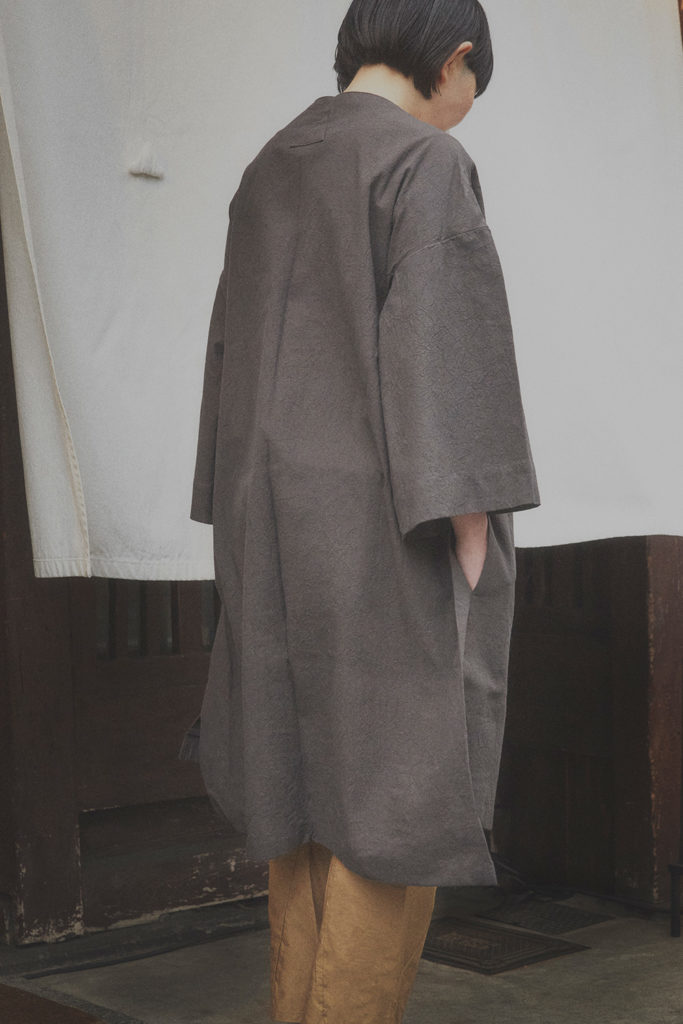
AWOMB’s “shelter”
In order to preserve and revitalize the remaining Kyomachiya, we are actively renovating them and aiming to create an environment that is needed by the local people. The exposed pillars, beams, and parts of the earthen walls have been intentionally left untouched to preserve the charm of a machiya townhouse.
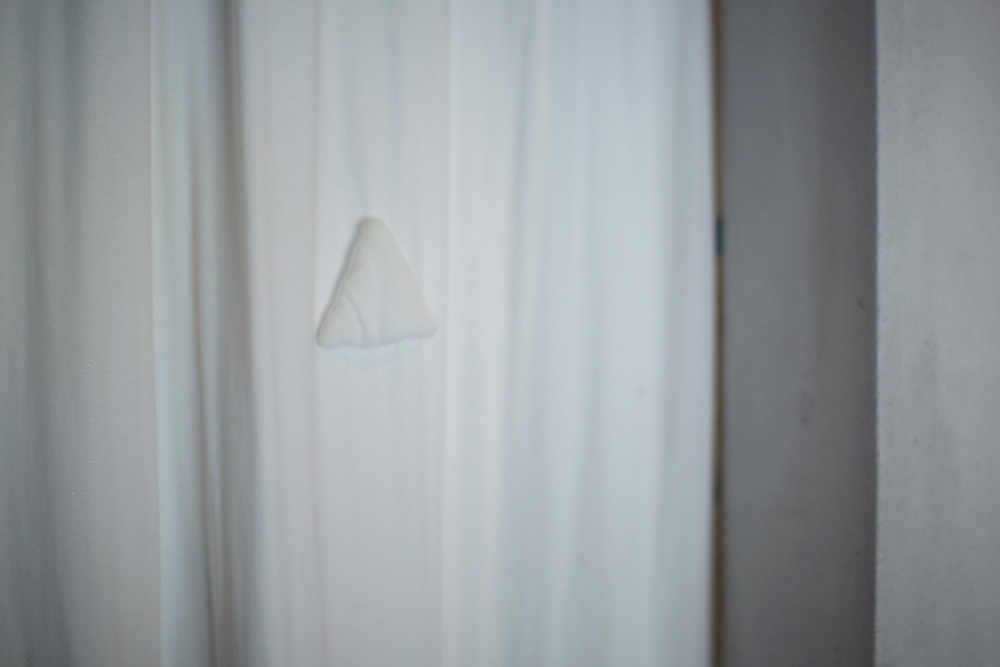
AWOMB's
Philosophy
"Food" as entertainment
We want to convey “delicious, fun and happy” to all customers through food and service.
We want you to take home a small impression from “food”.
Based on this corporate philosophy, we will try to create a new Japanese food business by providing dishes and spaces where you can experience “food” as entertainment.
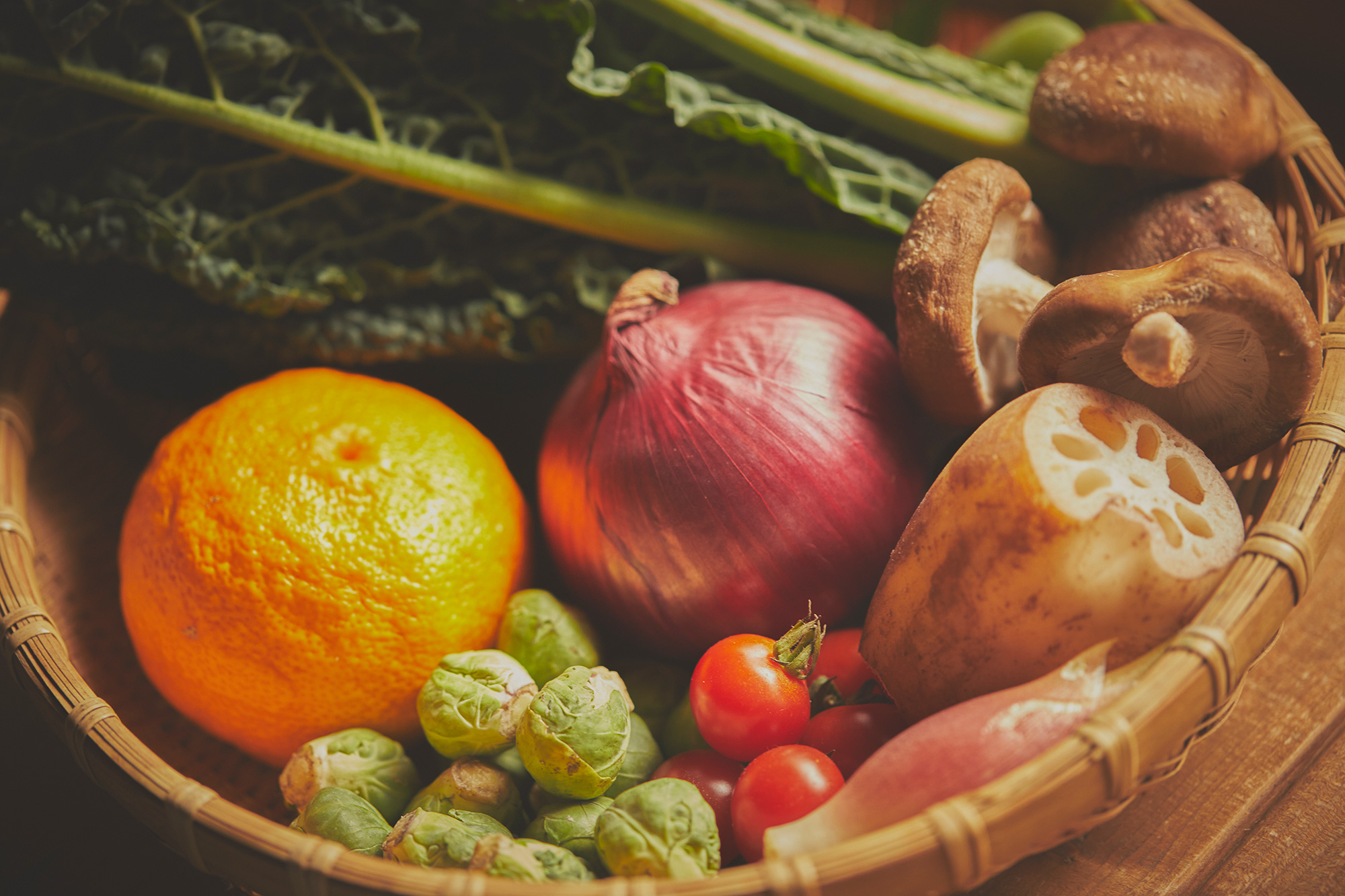
Creating a dining table for the future
As a company that works for the sake of the world and people, we have received the certification of the corporate certification system “S certification”.
S certification is a system that evaluates and certifies companies aiming to solve social issues and ESG management based on criteria such as management policy, business content, and social impact.
By working to build an ecosystem from the perspective of “clothing, food and shelter” that is close to our lives, we would like to revitalize the local economy and spread a sustainable social system that is recycling-oriented from our immediate surroundings.

